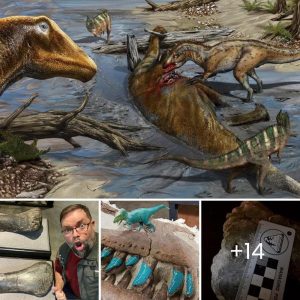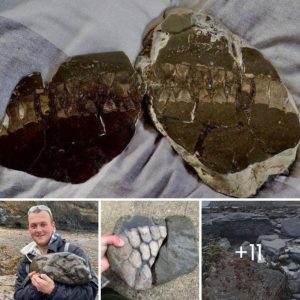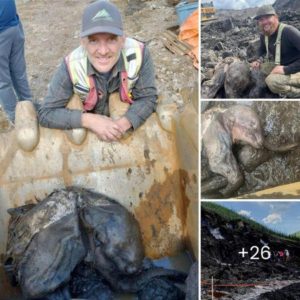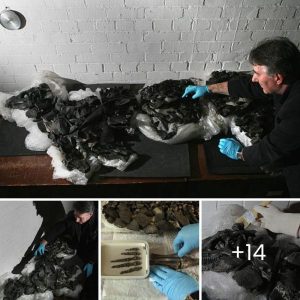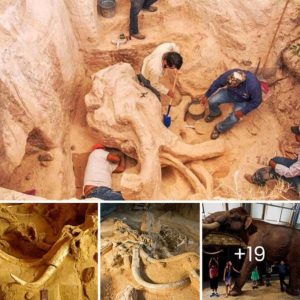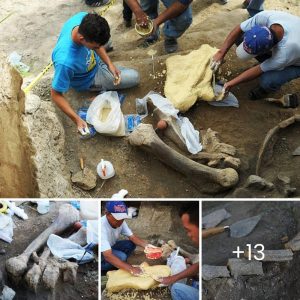In the archaeological pursuits of the Los Villaricos site in southern Spain, researchers have unearthed a 1,500-year-old Visigoth sarcophagus at an abandoned Roman villa.
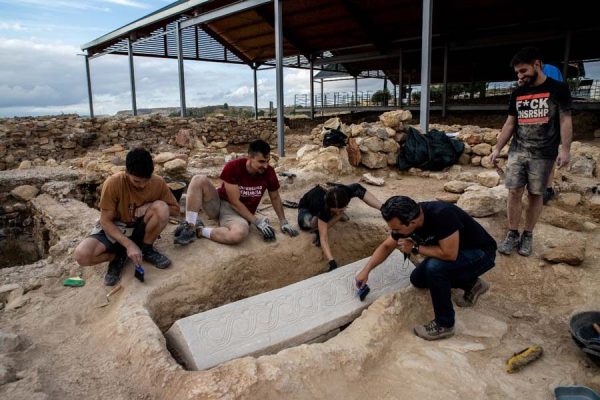
The Visigoths, a Germanic tribe known for their role in defeating the Romans and contributing to the fall of the Roman Empire, left behind this remarkably preserved coffin adorned with intricate geometric patterns and interlocking ivy leaves.
Led by University of Murcia Professor Rafael González Fernández, the research team stumbled upon the unexpected discovery during an archaeological campaign and dig in the region.
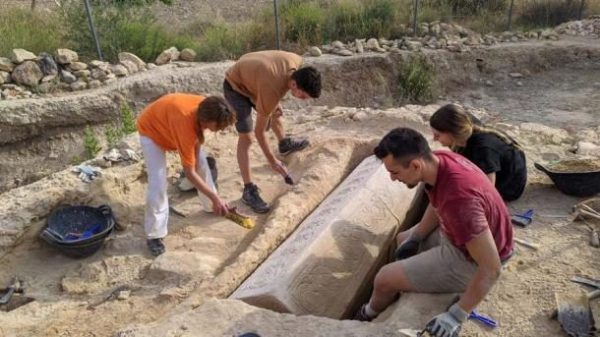
The sarcophagus, measuring 6.5 feet in length, dates back to the 6th or 7th century AD and was found near a Christian church constructed after the Romans deserted the villa in the 5th century.
The sarcophagus boasts a swirling geometric design and depictions of ivy leaves, with a Chi Rho symbol crowning its top, where the head of the deceased would have rested.
The Chi Rho, a Christogram representing the first two letters of Christ’s name in Greek, symbolizes victory over death and is associated with early Christian artworks.

The unexpected nature of this find has added to its significance, prompting further investigation by the research team. The Roman villa of Los Villaricos, where the sarcophagus was discovered, stands as a testament to the rich history of the region.
Once a prosperous agricultural villa along the River Mula, the site reveals evidence of centuries of occupation, including an olive press and storage for olive oil production.
The Los Villaricos villa, strategically positioned along a key trade route connecting Carthage with Complutum, became a site of religious significance in later years. The Roman oecus, or triclinium, was repurposed for Christian worship, and a necropolis ad sanctos, or burial area, emerged adjacent to it.
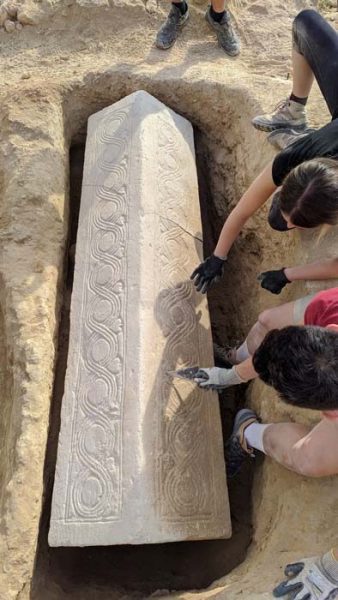
The decline of the Mula Roman villa in the early 6th century AD coincided with the fall of the Roman Empire.
While industrial activities ceased, a small Roman population lingered, creating a semi-circular structure for religious practices and an improvised cemetery. The unexpected discovery of the Visigoth sarcophagus in this setting provides valuable insights into the region’s history during this transformative period.

As researchers collaborate to delve deeper into the significance of this remarkable find, the Visigoth sarcophagus stands as a silent witness to the complex interplay of cultures, religions, and the passage of time in southern Spain.
